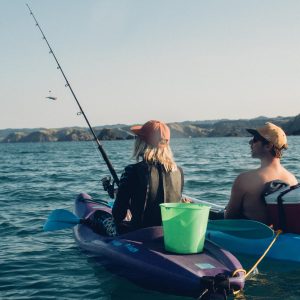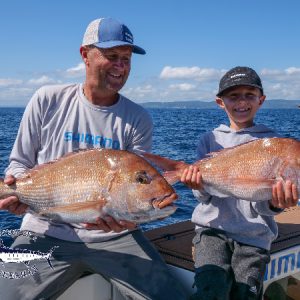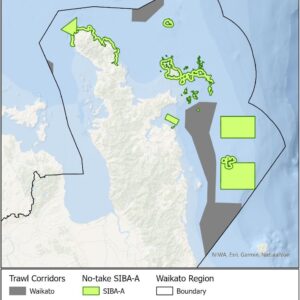“We don’t know what the recreational fishing sector is taking.” — Some guy on Facebook.
It’s a comment we see usually from people trying to deflect the conversation away from the ongoing use of destructive fishing techniques, and from someone convinced that because they haven’t been interviewed at the boat ramp it never happens to anyone. Therefore, recreational harvest estimates must be made up. Right?
Let’s break it down.
In New Zealand, recreational harvest estimates are not gathered by LegaSea or pulled from thin air. Recreational harvest is estimated by the National Panel Survey which is conducted by the National Research Bureau (NRB) under contract from Fisheries New Zealand and various onsite boat ramp interviews for more specialised fisheries such as crayfish and pāua.
The National Panel Survey was completed in 2011-12, 2017-18 and 2022-23. Each year, 30,000 random households are interviewed and 5000-7500 fishers are recruited to take part in detailed surveys throughout the year.
Onsite boat ramp or access point surveys are conducted by organisations such as NIWA. These surveys employ trained interviewers to survey recreational fishers recording catch and effort data in real-time.
The goal isn’t to talk to every single person who drops a line in the water – it’s to gather a statistically valid sample and extrapolate the results using established, peer-reviewed methodologies. That’s how all large-scale data collection works. It’s the same approach used in the Census, political polling, economic forecasting, and scientific research worldwide.
Just because you haven’t been surveyed doesn’t mean the data is flawed. It means you weren’t in the random sample. That’s not a failure of statistics – that’s how statistics works.
And yet, somehow, this is where the conversation ends up:
“I fish over 200 days a year, and I’ve never been asked what I caught. The figures are just not correct.”
“You can’t just take 10% of fishers and multiply it. That’s not data.”
Except you can. That’s quite literally the foundation of population statistics. You just need a large, random sample and a sound model – both of which this methodology delivers. Their results aren’t guesswork; they’re independently reviewed and published in scientific literature.
There’s more transparency in these recreational estimates than in much of the commercial reporting system, where issues such as underreporting, illegal discards, and spatial misreporting are frustratingly persistent.
So what does the data present? Over the past decade the The National Panel Survey shows that recreational catch is on a declining trend, not increasing. In 2018, the estimated recreational harvest was around 9,000 tonnes. By 2023, it had dropped to around 5,000 tonnes. This matches what many everyday fishers have been telling us: there are fewer people fishing, and it’s getting harder to catch dinner to feed our whānau.
In comparison, in 2023 the commercial fishing sector reported landings of over 338,000 tonnes of kaimoana. Even if the estimates for recreational harvest were wildly inaccurate, the numbers create good context. We could comfortably add 10,000 tonnes to the recreational harvest estimate and we would still be just a fraction of how much fish is being taken out of the water.
So yes, we support investment in estimating recreational harvest. Yes, we want transparency across all sectors. But let’s not pretend the data doesn’t exist or isn’t credible simply because it doesn’t align with one person’s perception of how many fish they saw on a given weekend.
We don’t need perfect data. We need reliable data, which the National Panel Survey and other survey methods are delivering.





